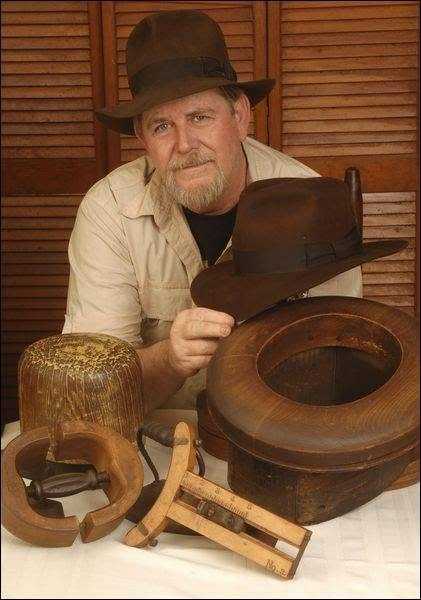TheDane
Call Me a Cab
- Messages
- 2,670
- Location
- Copenhagen, Denmark
Polyurethane can withstand the heat and steam. I think it covers most contemporary blocks, if not all.
I second John on the sander. You should definitely use hand-held sandpaper, and without a sanding block. It takes really good skills to avoid flats, using a sander. You could use a motorized spinner and a piece of sandpaper in the hand, but I would absolutely not recommend a sander.
Have a look at one of Steve Delk's first blocks from the second page of this thread:

I read somewhere, he used Bondo on his very early blocks, but that he had new blocks made, when he went pro. I have used it on two bocks with okay results. Most of those epoxies get a little "rubbery" with heavy heating, but it doesn't disintegrate. I know nothing about what long-term effects the chemistry may have on the felt, but I guess the lacquer seals it to a certain degree.
I don't think that Bondo-patched blocks would be compatible with professional hatting. That calls for new blocks or vintage blocks in really good condition. For hobby work I see no reason why you shouldn't try to fill a cracked block and use it
I second John on the sander. You should definitely use hand-held sandpaper, and without a sanding block. It takes really good skills to avoid flats, using a sander. You could use a motorized spinner and a piece of sandpaper in the hand, but I would absolutely not recommend a sander.
Have a look at one of Steve Delk's first blocks from the second page of this thread:

I read somewhere, he used Bondo on his very early blocks, but that he had new blocks made, when he went pro. I have used it on two bocks with okay results. Most of those epoxies get a little "rubbery" with heavy heating, but it doesn't disintegrate. I know nothing about what long-term effects the chemistry may have on the felt, but I guess the lacquer seals it to a certain degree.
I don't think that Bondo-patched blocks would be compatible with professional hatting. That calls for new blocks or vintage blocks in really good condition. For hobby work I see no reason why you shouldn't try to fill a cracked block and use it
Last edited:


















